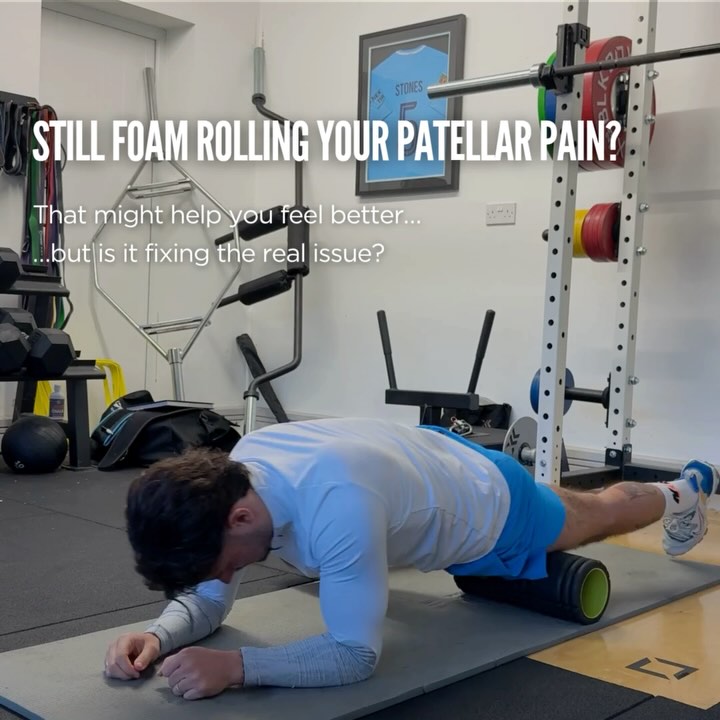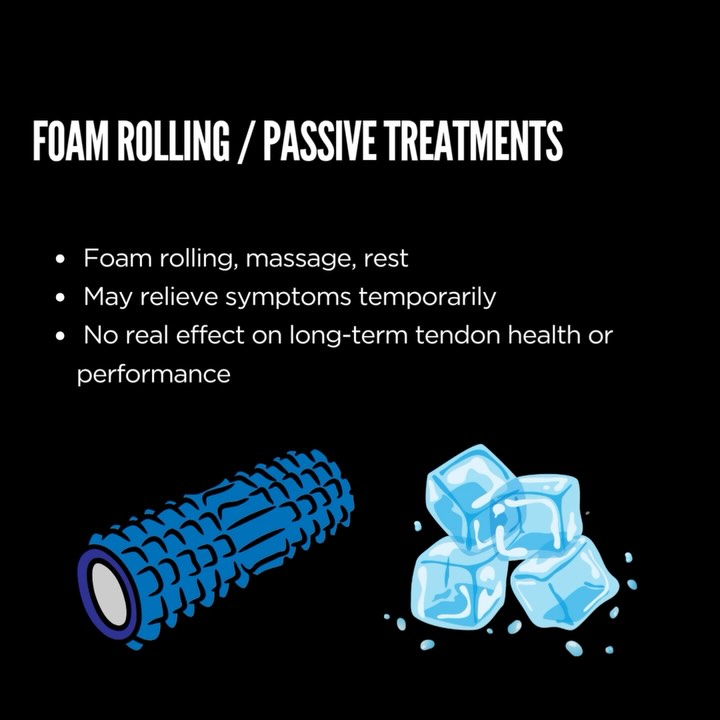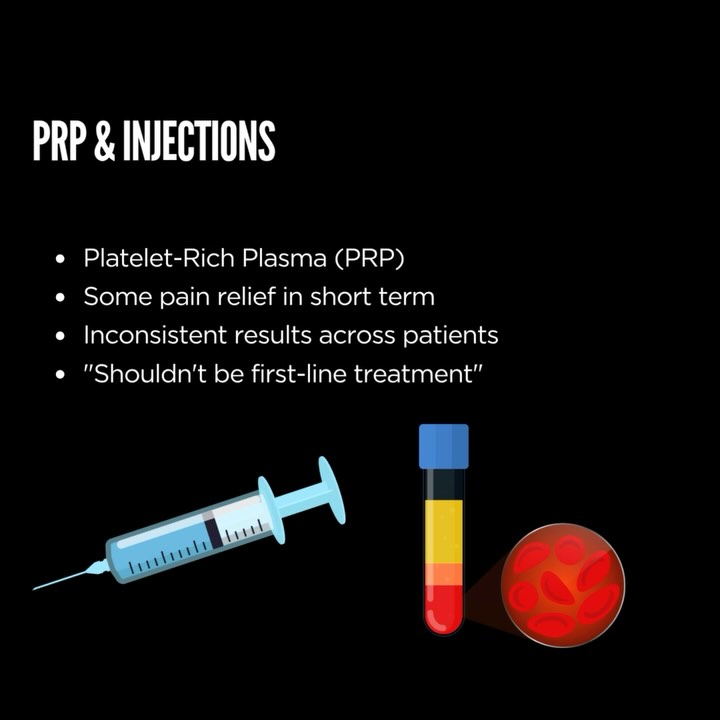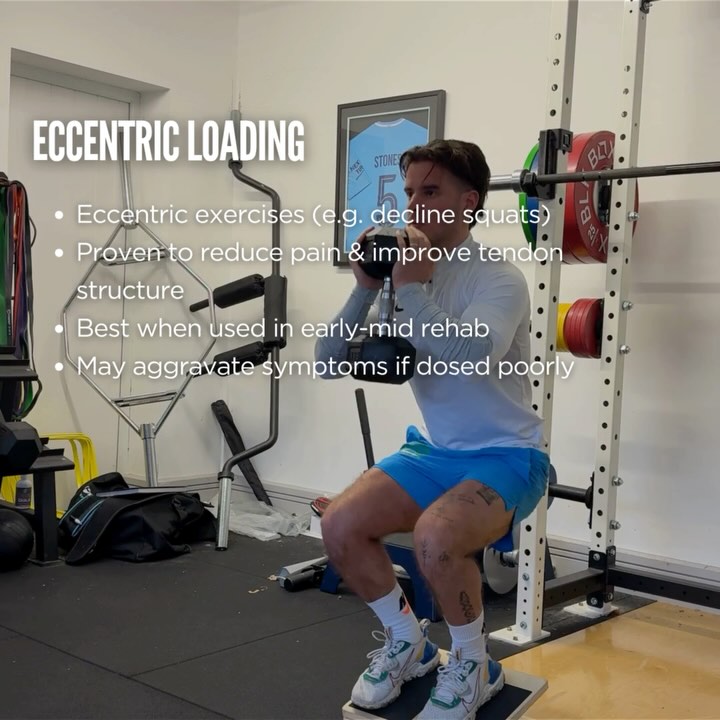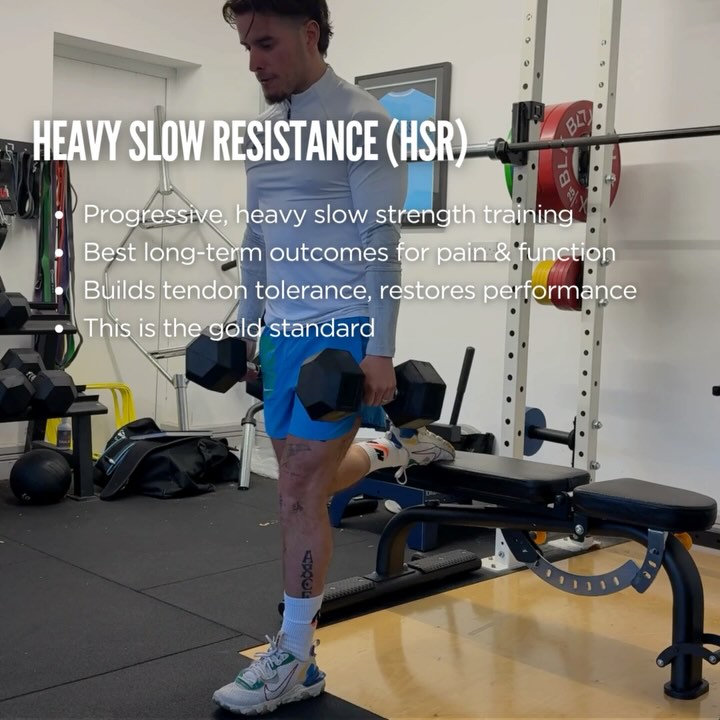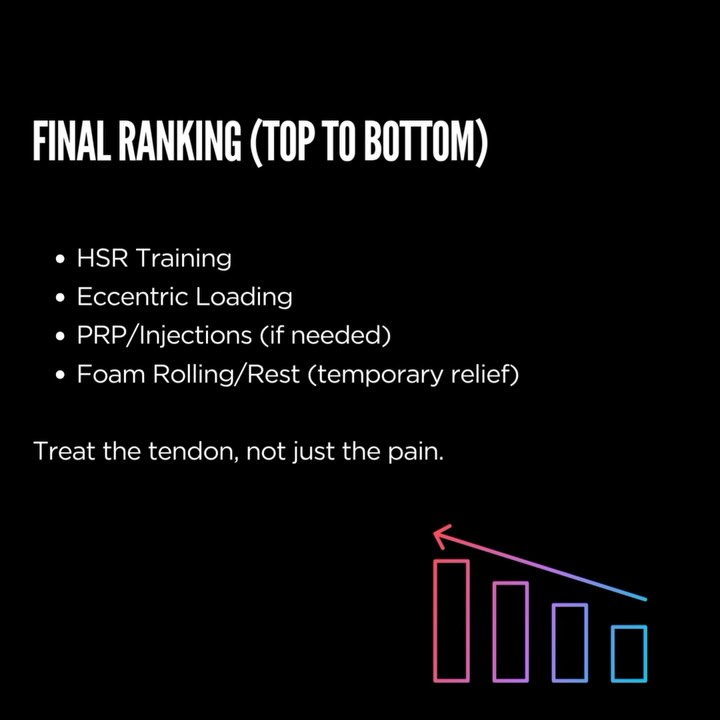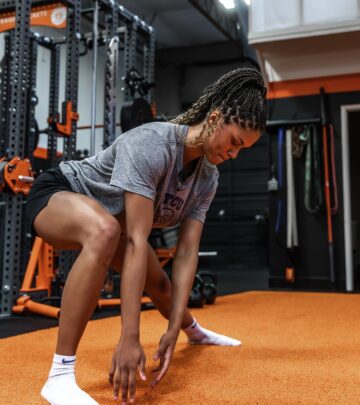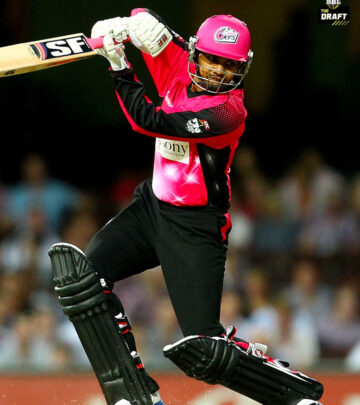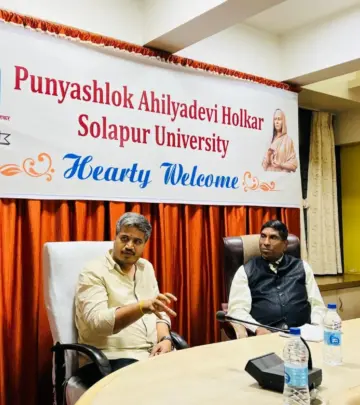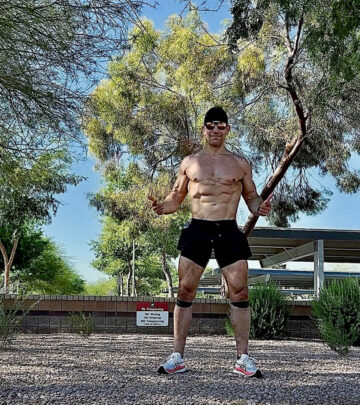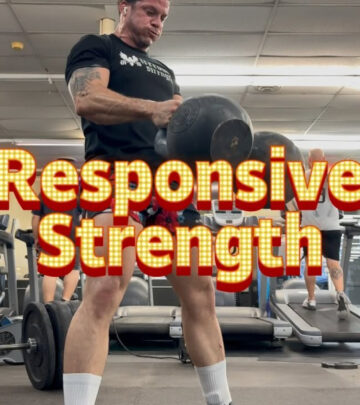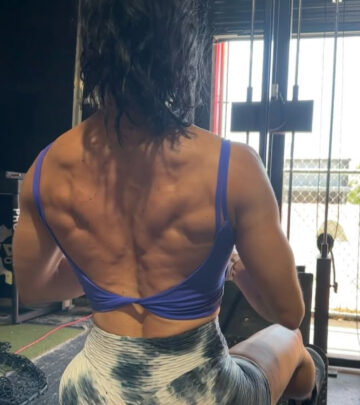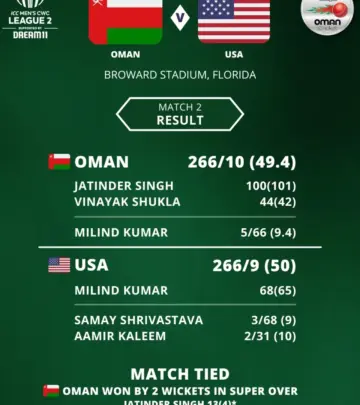Effective Jumper’s Knee Treatments Ranked
Study Reveals Heavy Slow Resistance Excels Over Foam Rolling in Relieving Jumper’s Knee!!!
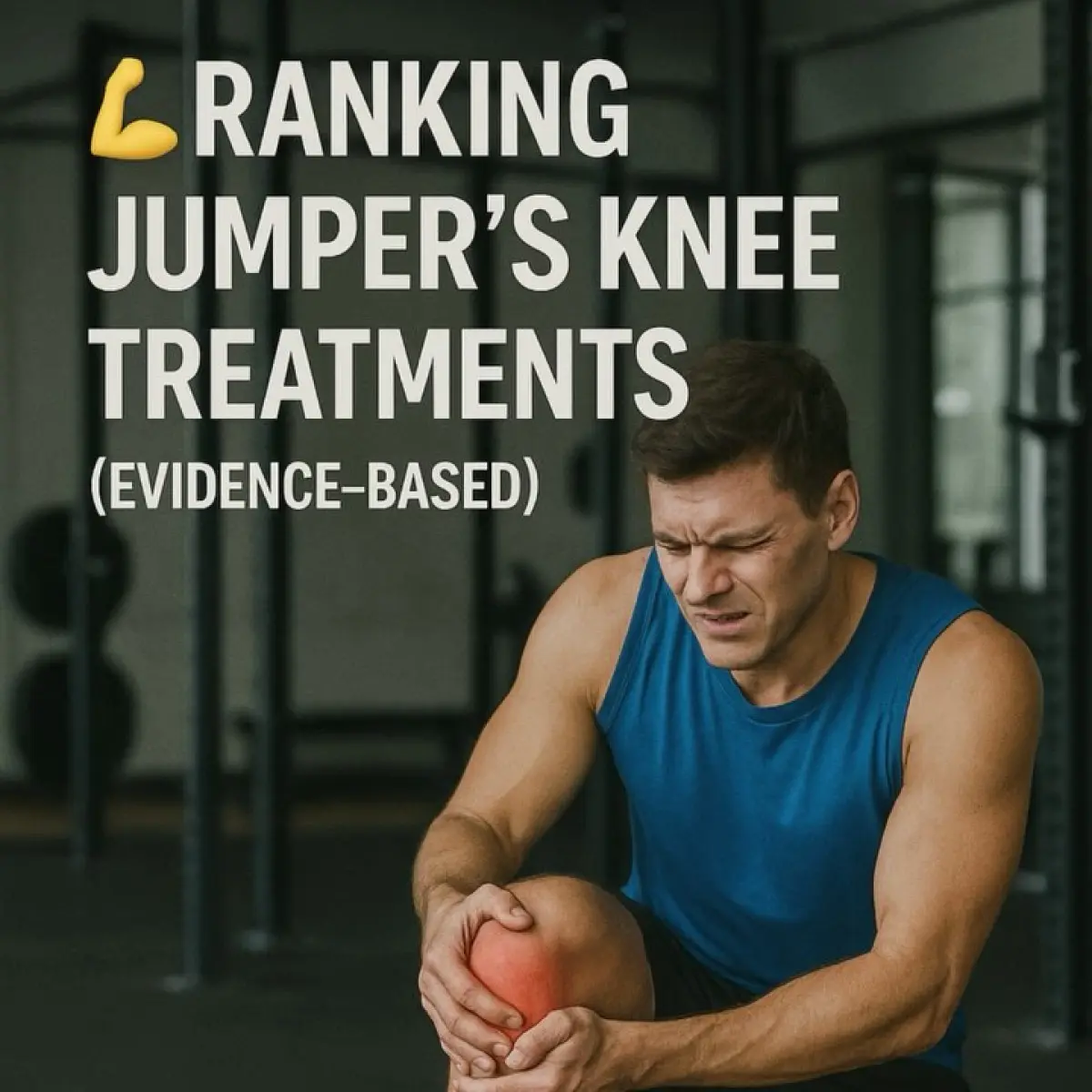
Image: Instagram
In a rapidly evolving sports rehabilitation landscape, athletes and coaches are constantly on the lookout for methods that not only alleviate patellar pain but also address the root cause of jumper’s knee. A recent evidence-based analysis of treatments, originating from a 2020 study, has shed new light on the effectiveness of various therapeutic techniques. The study breaks down common treatments from passive relief to active tendon remodeling, revealing that Heavy Slow Resistance (HSR) training tops the list for long-term outcomes.
Study Overview
The research explored several modalities used by athletes to combat jumper’s knee, a condition notorious for its impact on performance and long-term tendon health. While foam rolling – a popular self-massage technique – appears to ease discomfort, it does little to address the underlying pathology. The study compared passive methods such as foam rolling against more dynamic interventions like HSR, which facilitate tendon remodeling and promote strength gains in the affected area.
Evidence-based Findings
The 2020 study systematically evaluated treatment efficacy based on pain relief, functional improvement, and long-term outcomes. Foam rolling, while beneficial for comfortable temporary relief of the patellar pain, does not contribute to significant structural improvements in the tendon. In contrast, Heavy Slow Resistance training has been shown to not only alleviate pain but also to enhance tendon remodeling. This dynamic intervention engages the muscle-tendon unit, stimulating gradual adaptation and strengthening – a critical component of recovery for athletes whose athletic demands are high.
Furthermore, the study outlined the limitations of certain passive treatments. Although foam rolling is widely adopted within regular recovery routines, its effect seems limited to symptomatic relief rather than genuine healing. Athletes who rely solely on these techniques may experience less than optimal recovery. The findings highlight that incorporating a protocol focused on progressive loading, as embodied by HSR, offers a more robust solution. For those interested in the full protocol details, a simple comment with the word “info” on the associated Instagram post – shared by Alan Salgado Espino of DreamChaser – promises further insights.
Treatment Comparisons
When comparing treatments, the controlled parameters of the study left little room for ambiguity. Initially, many athletes use foam rolling to manage pain, assuming that easing discomfort will contribute to healing. However, as the analysis made clear, reducing discomfort is only one aspect of effective treatment. Heavy Slow Resistance training, on the other hand, is designed to actively work on tendon integrity by engaging in slow, controlled movements under a load that is sufficient to trigger adaptive responses in the tendon structure. This method addresses the underlying issues of weakened and inflamed tendons, ensuring that improvements in function are both sustainable and measurable.
The study’s methodology offers practical applications not just for sports physiotherapists, but also for coaches and athletes who design their own recovery strategies. While passive treatments might serve as a preliminary tool or a complementary measure, they should not replace a well-structured, resistance-based regimen. In today’s competitive sports environment, integrating evidence-based practices such as HSR into rehabilitation programs is becoming essential in mitigating chronic injuries and reducing the risk of re-injury.
Expert Perspectives
Alan Salgado Espino, known in the sports circles as an advocate for innovative training methods, has recently highlighted these findings on social media. In his Instagram posts, he emphasizes the importance of transitioning from techniques that merely mask pain to those that fundamentally restructure the tendon. His commentary resonates with many who have experienced the cyclical nature of jumper’s knee: intermittent pain followed by periods of improved function that ultimately require a more robust intervention.
Athletic trainers and rehabilitation specialists are now re-examining traditional recovery protocols. The study and its associated materials serve as a wake-up call to the sports community, urging a move away from solely passive techniques. By adopting HSR protocols, athletes can expect a dual benefit—immediate pain relief accompanied by long-term improvements in tendon strength and functionality.
Practical Implications
The implications of the study are far-reaching. Athletes engaged in high-impact sports or those who repetitively stress the knee joint now have a clearer roadmap for recovery. Sports physiotherapists are encouraged to blend conventional pain management with evidence-based resistance training methods. This adjustment could lead to an overall reduction in downtime and help athletes return to play at their pre-injury levels.
For athletes and devoted enthusiasts alike, this new approach not only promises a more proactive recovery strategy but also underscores the necessity of structured rehabilitation. By opting for techniques that foster tendon remodeling, athletes can look forward to more durable outcomes and a lower likelihood of persistent pain or recurrent injuries.
The study’s clear message reinforces the need for a paradigm shift in how jumper’s knee is treated. Rather than settling for temporary comfort through foam rolling, embracing a regimen that prioritizes Heavy Slow Resistance training is poised to redefine recovery standards in sports medicine. As more teams and rehabilitation centers begin to integrate these findings into their practice, the hope is that these innovative techniques will become the new standard for managing and preventing tendon-related injuries.
In sum, the evidence is compelling: Active and targeted training methods, particularly HSR, provide more than just short-lived relief—they deliver the tangible, long-term structural improvement required for optimal athletic performance. As the sports community makes this informed transition, the promise of sustained recovery and improved knee health is on the horizon.
Read full bio of Nisha Bharatan



